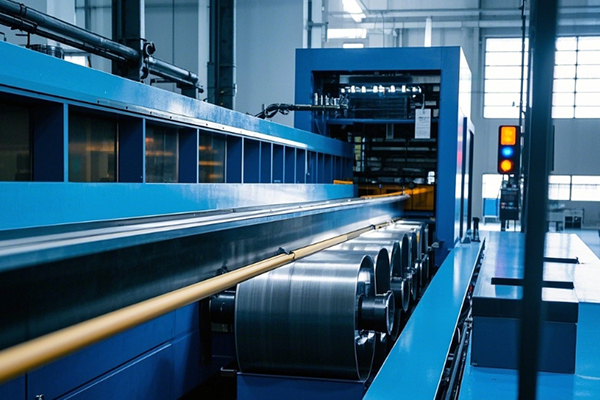EI Laminations: Essential Components in Electrical Engineering
- 获取链接
- X
- 电子邮件
- 其他应用
EI laminations are core components in
transformers, motors, and inductors, playing a pivotal role in
optimizing electromagnetic efficiency. Named for their alternating “E”
and “I” shaped steel sheets, these laminations minimize energy loss
while enhancing magnetic flux performance, making them indispensable in
modern electrical systems.
Constructed primarily from silicon steel (electrical steel), EI
laminations leverage the material’s high magnetic permeability and low
core loss. Silicon alloying reduces eddy current losses—circulating
currents induced by alternating magnetic fields—by increasing electrical
resistance. The thin sheets (typically 0.3 to 0.5 mm thick) are coated
with insulating layers (e.g., oxide films or varnishes) to further
suppress eddy currents between adjacent laminations.
Manufacturing involves precision stamping of E and I shapes from steel
coils, followed by annealing to relieve stress and refine grain
structure, which improves magnetic properties. The laminations are then
stacked, with E and I pieces interlocked to form a closed magnetic
circuit, maximizing flux density and minimizing leakage.
Applications span power distribution (transformers), industrial
machinery (electric motors), and electronics (choke coils). In
transformers, EI cores efficiently transfer electrical energy between
circuits by concentrating magnetic fields. In motors, they shape the
stator and rotor cores, converting electrical energy to mechanical
motion with reduced heat generation.
Key advantages include cost-effectiveness, scalability for various power
ratings, and adaptability to mass production. Recent advancements focus
on thinner laminations and high-grade silicon steel to meet stricter
energy efficiency standards, such as IE4 for motors and DOE regulations
for transformers.
As global demand for energy-efficient devices grows, EI laminations
continue to evolve, balancing performance, durability, and
sustainability. Their role in reducing carbon footprints across
electrical infrastructure underscores their significance in the
transition to greener technology.

- 获取链接
- X
- 电子邮件
- 其他应用
评论
发表评论